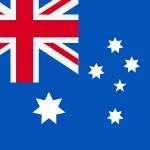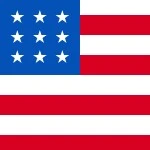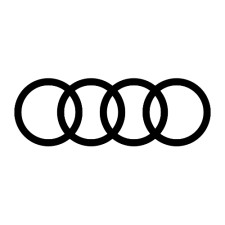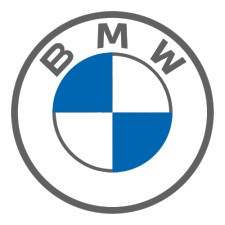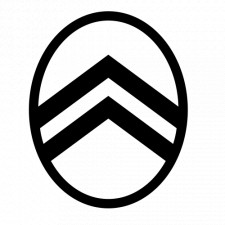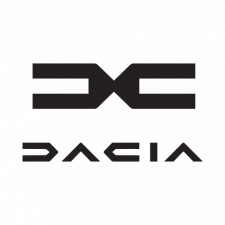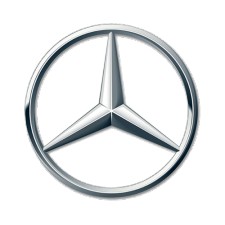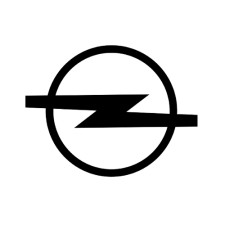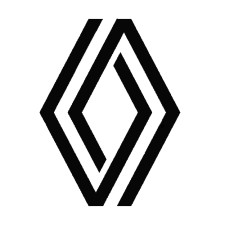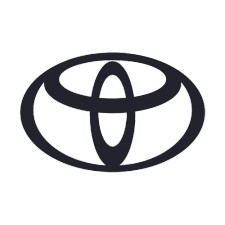Que signifie votre code Code Défaut BMW ?
Grace au système OBD, les
Bmw
fabriqués après 1996 sont normalement équipés d'une prise diagnostique OBD.
Si l'ordinateur de la voiture rencontre un problème,un code d'erreur ou un code de diagnostic (DTC)
sera stocké dans la mémoire de l'ECU de la voiture.
Avec un lecteur OBD branché sur le port OBD (On-Board Diagnostics) de la voiture, vous pouvez lire la liste des codes stockés, et donc découvrir quel est le problème.
Les codes suivent une formule permettant de savoir généralement quel est le problème avant même de regarder le tableau ci-dessous.
Nous vous présentons ci-dessus une liste très complète des différents codes défauts possibles.
Si le code défaut de votre auto s'affiche au tableau de bord, vous n'aurez peut-être même pas besoin d'un lecteur OBD . il sera dans la liste .
Réparer le code défaut de votre auto, c'est potentiellement simple à faire avec vos revues et méthodes techniques.

Réparer le code défaut de votre auto, c’est potentiellement simple à faire avec nos revues et méthodes techniques
| Code | Libellé |
|---|---|
| P131F | Ionic Current Control Module Control Line Ignition Cylinder 1 High |
| P1320 | Flywheel Adaptation for Misfire Detection Range |
| P1321 | Flywheel Adaptation for Misfire Detection Performance |
| P1326 | 'A' Camshaft Position Timing Reference Position out of Range (Bank1) |
| P1327 | Knock sensor 2 circuit low |
| P1328 | Knock sensor 2 circuit high |
| P1329 | Knock/Combustion Vibration Sensor 3 Circuit Low (Bank 2) |
| P132A | Ionic Current Control Module Control Line Ignition Cylinder 2 High |
| P132B | Ionic Current Control Module Control Line Ignition Cylinder 3 High |
| P132C | Ionic Current Control Module Control Line Ignition Cylinder 4 High |
| P132D | Ionic Current Control Module Control Line Ignition Cylinder 5 High |
| P132E | Ionic Current Control Module Control Line Ignition Cylinder 6 High |
| P132F | Ionic Current Control Module Control Line Ignition Cylinder 7 High |
| P1330 | Knock/Combustion Vibration Sensor 3 Circuit High (Bank 2) |
| P1331 | 'B' Camshaft Position Timing Reference Position out of Range (Bank1) |
| P1332 | Knock sensor 4 circuit low |
| P1333 | Knock sensor 4 circuit high |
| P1337 | Cylinder 1 misfire detected |
| P1337 | Knock/Combustion Vibration Sensor 6 Circuit High |
| P1338 | Camshaft Position Sensor 'A' Faulty Phase Position (Bank 1) |
| P1338 | Cylinder 2 misfire detected |
| P1339 | Camshaft Position Sensor 'B' Faulty Phase Position (Bank 1) |
| P1339 | Cylinder 3 misfire detected |
| P133A | Ionic Current Control Module Control Line Ignition Cylinder 8 High |
| P133B | Ionic Current Control Module Control Line Ignition Cylinder 9 High |
| P133C | Ionic Current Control Module Control Line Ignition Cylinder 10 High |
| P133D | Ionic Current Control Module Control Line Ignition Cylinder 1 OpenCircuit |
| P133E | Ionic Current Control Module Control Line Ignition Cylinder 2 OpenCircuit |
| P133F | Ionic Current Control Module Control Line Ignition Cylinder 3 OpenCircuit |
| P1340 | Cylinder 4 misfire detected |
| P1340 | Multiple cylinder misfire during engine start |
| P1341 | Multiple cylinder misfire with fuel cut-off |
| P1342 | Misfire during engine start, cylinder 1 |
| P1343 | Cylinder 1 misfire with fuel cut-off |
| P1344 | Misfire during engine start, cylinder 2 |
| P1345 | Cylinder 2 misfire with fuel cut-off |
| P1346 | Misfire during engine start, cylinder 3 |
| P1347 | Cylinder 3 misfire with fuel cut-off |
| P1348 | Misfire during engine start, cylinder 4 |
| P1349 | Misfire Cylinder 4 with Fuel Cut-Off |
| P134A | Ionic Current Control Module Control Line Ignition Cylinder 4 OpenCircuit |
| P134B | Ionic Current Control Module Control Line Ignition Cylinder 5 OpenCircuit |
| P134C | Ionic Current Control Module Control Line Ignition Cylinder 6 OpenCircuit |
| P134D | Ionic Current Control Module Control Line Ignition Cylinder 7 OpenCircuit |
| P134E | Ionic Current Control Module Control Line Ignition Cylinder 8 OpenCircuit |
| P134F | Ionic Current Control Module Control Line Ignition Cylinder 9 OpenCircuit |
| P1350 | Misfire during engine start, cylinder 5 |
| P1351 | Cylinder 5 misfire with fuel cut-off |
| P1352 | Misfire during engine start, cylinder 6 |
| P1353 | Cylinder 6 misfire with fuel cut-off |
| P1354 | Misfire during engine start, cylinder 7 |
| P1355 | Cylinder 7 misfire with fuel cut-off |
| P1356 | Misfire during engine start, cylinder 8 |
| P1357 | Cylinder 8 misfire with fuel cut-off |
| P1358 | Misfire during engine start, cylinder 9 |
| P1359 | Cylinder 9 misfire with fuel cut-off |
| P135A | Ionic Current Control Module Control Line Ignition Cylinder 10 OpenCircuit |
| P135B | Knock/Combustion Vibration Sensor 2 Circuit Range/Performance (Bank1) |
| P135C | Knock/Combustion Vibration Sensor 2 Circuit (Bank 1) |
| P135F | Knock/Combustion Vibration Sensor 3 Circuit Range/Performance (Bank2) |
| P1360 | Misfire during engine start, cylinder 10 |
| P1361 | Cylinder 10 misfire with fuel cut-off |
| P1362 | Misfire during engine start, cylinder 11 |
| P1363 | Cylinder 11 misfire with fuel cut-off |
| P1364 | Misfire during engine start, cylinder 12 |
| P1365 | Cylinder 12 misfire with fuel cut-off |
| P1366 | Ignition Coil 'A' Primary/Secondary Circuit Low |
| P1367 | Ignition Coil 'B' Primary/Secondary Circuit Low |
| P1368 | Ionic Current Signal Low (Bank 2) |
| P1369 | Ionic Current No Signal (Bank 2) |
| P136A | 'A' Camshaft Stuck (Bank 2) |
| P136B | 'B' Camshaft Stuck (Bank 2) |
| P136D | Ion Ignition Coil Cylinder 1 |
| P136E | Ion Ignition Coil Cylinder 2 |
| P136F | Ion Ignition Coil Cylinder 3 |
| P1370 | Ionic Current Signal Amplification Control Circuit Low (Bank 1) |
| P1371 | Ionic Current Signal Amplification Control Circuit High (Bank 1) |
| P1372 | Ionic Current Signal Amplification Control Circuit Open (Bank 1) |
| P1373 | Ionic Current Signal Amplification Control Circuit Low (Bank 2) |
| P1374 | Ionic Current Signal Amplification Control Circuit High (Bank 2) |
| P1375 | Ionic Current Signal Amplification Control Circuit Open (Bank 2) |
| P1376 | Ion Ignition Coil Cylinder 4 |
| P1378 | Control Module Self-Test, Knock Control Offset (Bank 2) |
| P1379 | Control Module Self-Test, Knock Control Test Pulse (Bank 2) |
| P1380 | Control Module Self-Test, Knock Control Circuit Baseline Test (Bank2) |
| P1381 | Control Module Self-Test, Knock Control Offset (Bank 1) |
| P1382 | Control Module Self-Test, Knock Control Test Pulse (Bank 1) |
| P1384 | Knock sensor 3 circuit/open |
| P1385 | Knock sensor 4 circuit/open |
| P1386 | Control unit internal fault, knock control circuit/open |
| P1387 | Ionic Current Signal Low (Bank 1) |
| P1388 | Ionic Current No Signal (Bank 1) |
| P1389 | Ion Ignition Coil Cylinder 5 |
| P138A | Ion Ignition Coil Cylinder 6 |
| P138B | Ion Ignition Coil Cylinder 7 |
| P138C | Ion Ignition Coil Cylinder 8 |
| P138F | Crankshaft Position Sensor Signal Synchronization Error |
| P1390 | Ionic Current Voltage Selection Measuring-Circuit Low |
| P1391 | Ionic Current Voltage Selection Measuring-Circuit High |
| P1392 | Ionic Current Voltage Selection Measuring-Circuit Open |
DEFINISSEZ VOTRE MARQUE POUR ACCEDER A VOS CODES DEFAUTS
-
Revue technique RTA

Revue Technique Automobile
La revue technique de référence depuis 1946. La RTA est une revue papier pour tous publics, qui vous permet d'effectuer les petites et les grosses réparations
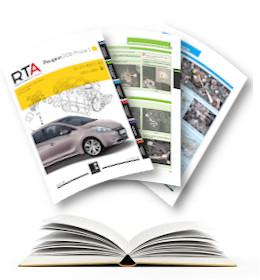 Voir le descriptif
Voir le descriptif
-
Entretien courant MTA

Méthode Technique Automobile
La MTA est issue de nos outils destinés aux pros de l'auto. Ces méthodes en ligne permettent d'effectuer les opérations de maintenances de votre auto (filtres, courroies, etc.)
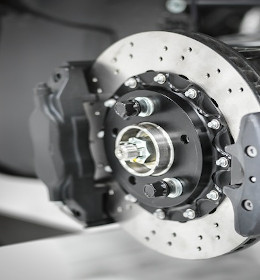 Voir le descriptif
Voir le descriptif
-
Toutes réparations MTAx

Méthode Technique Automobile Expert
La MTA expert est un outil en ligne destiné aux experts en mécanique et en carrosserie, pour effectuer tous types de réparations sur une voiture.
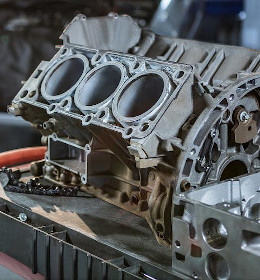 Voir le descriptif
Voir le descriptif

